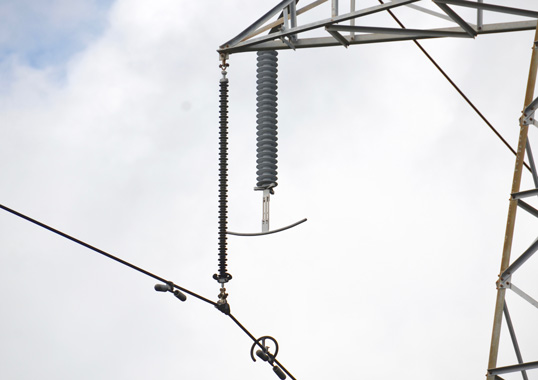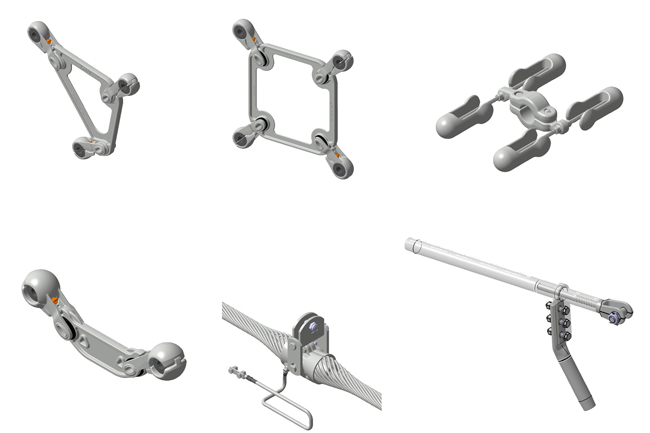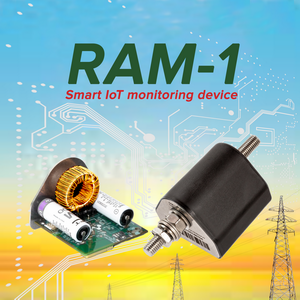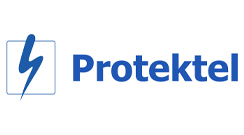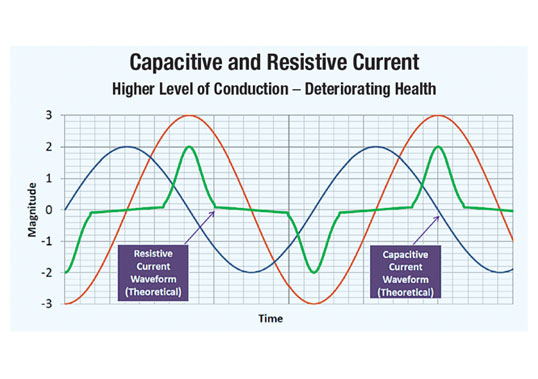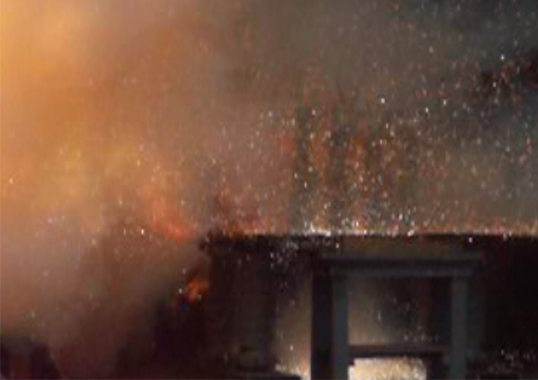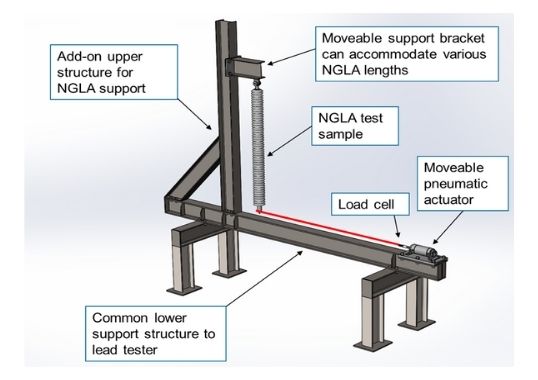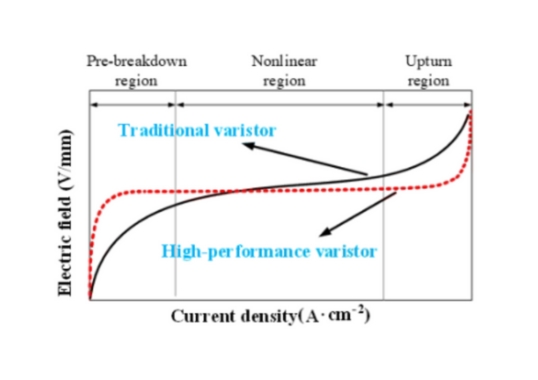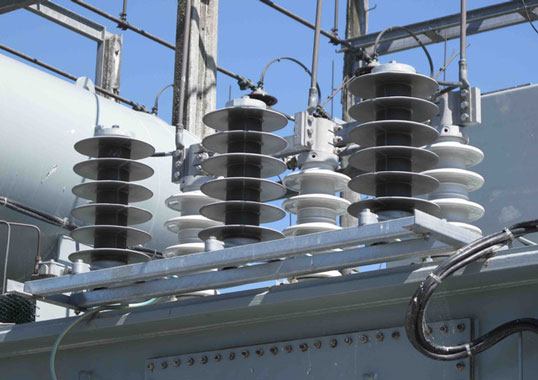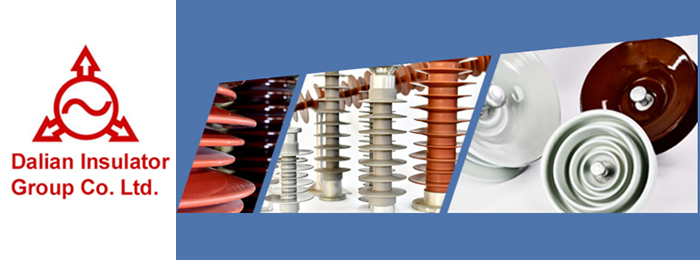The first edition of the IEC 99-4 standard for gapless metal-oxide (MO) surge arresters was published in 1991, some 16 years after installation in Japan of the first such design of arrester. Subsequent editions have incorporated changes related to ongoing product development and application of gapless MO surge arresters over the years. The IEC 60099 series of standards has since been further expanded to cover several other specific types and applications of surge arresters, including within substations and for the protection of overhead power line insulation – both with and without series gaps.
Some feel that surge arresters can be deemed a mature well-understood technology not in need of any new considerations. In fact, the contrary is true. As explained in this edited introduction to a forthcoming paper to be presented at the 2023 INMR WORLD CONGRESS by Frédérick Dubé of Hydro Québec, Matthias Schubert of Siemens Energy and James Taylor of Hitachi Energy, standards related to them have been moving forward in regard to how best to correctly verify and validate performance. User feedback has been providing valuable lessons learned and there are new types and applications for arresters being brought to market.
It is therefore important for surge arrester standards to be developed and continuously maintained to keep pace with ongoing developments and expectations within the electrical industry in terms of providing secure overvoltage protection.
Surge arresters are applied on medium voltage (MV), high voltage (HV) and ultra-high voltage (UHV) electrical systems to ensure uninterrupted supply of electricity to users in the presence of overvoltages caused by lightning and switching surges. Surge Protective Devices (SPDs) are similarly used in low voltage (LV) installations to protect equipment that is vulnerable to overvoltages.
IEC Technical Committee TC 37 has within its scope to prepare and maintain international standards for surge arresters and SPDs in regard to:
• technical requirements and testing methods to assess product performance and compliance
• selection and application guidance to provide adequate protection of the system with satisfactory reliability
Activities are divided into preparation of standards for low voltage devices (up to 1000 V a.c. and 1500 V d.c) and standards for high voltage devices (above 1000 V a.c. and 1500 V d.c.). These are further subdivided into Subcommittees, Maintenance Teams and dedicated Task Forces. Nominated experts from the associated IEC National Committees then form the membership pool.
The overall goal of current work within the technical committee regarding surge arrester testing and application of overvoltage protection for MV, HV, UHV apparatus (above 1 kV a.c and 1.5 kV d.c) is to regularly revise existing standards to reflect changing requirements and technology in design and application of surge arresters. Moreover, new standards need to be developed, as necessary, to cover emerging surge protection applications. Although associated standards relate only to surge arresters with metal oxide resistors, surge protection consisting of a combination of Metal Oxide (MO) resistors and spark gaps is also within the committee’s area of responsibility. See Table 1.
• Maintenance team MT 4 handles the maintenance and revision of existing surge arrester testing standards IEC 60099-4, IEC 60099-6, IEC 60099-8, and IEC 60099-9.
• Maintenance team MT 10 handles the maintenance and revision of selection and application recommendations (users’ guide) IEC 60099-5 [5]. MT 10 also has been tasked with the responsibility to develop the rationales for tests specified in the IEC 60099 series of standards.
• After maintenance work in MT 4 on IEC 60099-8 resulted in Edition 2.0 in 2017, it was decided to prepare a completely new testing standard covering both externally gapped line arresters (EGLA) and non-gapped line arresters (NGLA) for protection of overhead power line insulation on a.c. or d.c. system voltages > 1 kV (1.5 kV d.c.). Their generic name is Line Surge Arrester (LSA), which have the common role to protect line insulator assemblies from flashovers caused by lightning, although switching surge protection may be incorporated. The IEEE Surge Protective Devices Committee (IEEE SPDC) was also considering developing a comparable standard, and this led to the decision to develop an IEC/IEEE joint logo standard, culminating in the formation of project team PT 60099-11 to produce the new standard.

Attend the upcoming 2023 INMR WORLD CONGRESS to participate in technical presentations by Convenors and experts charged with revising and updating standards pertaining to surge arresters for substation and overhead line applications. They will review and explain the major development work being undertaken at this time within IEC Technical Committee TC 37.
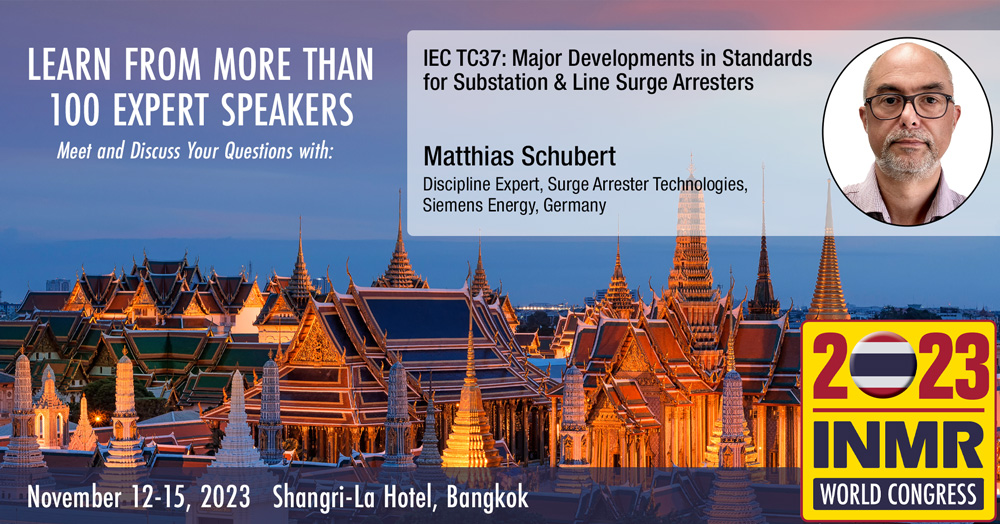
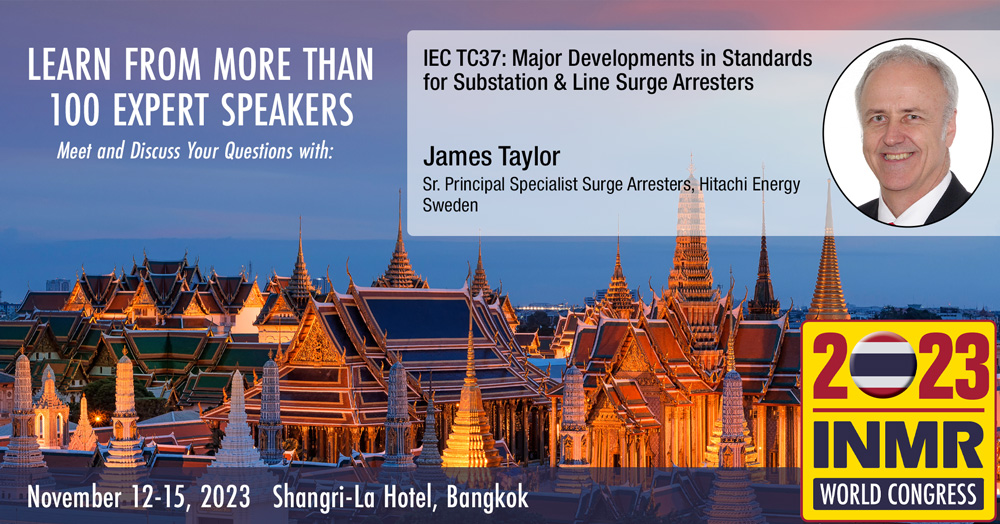
[inline_ad_block]

